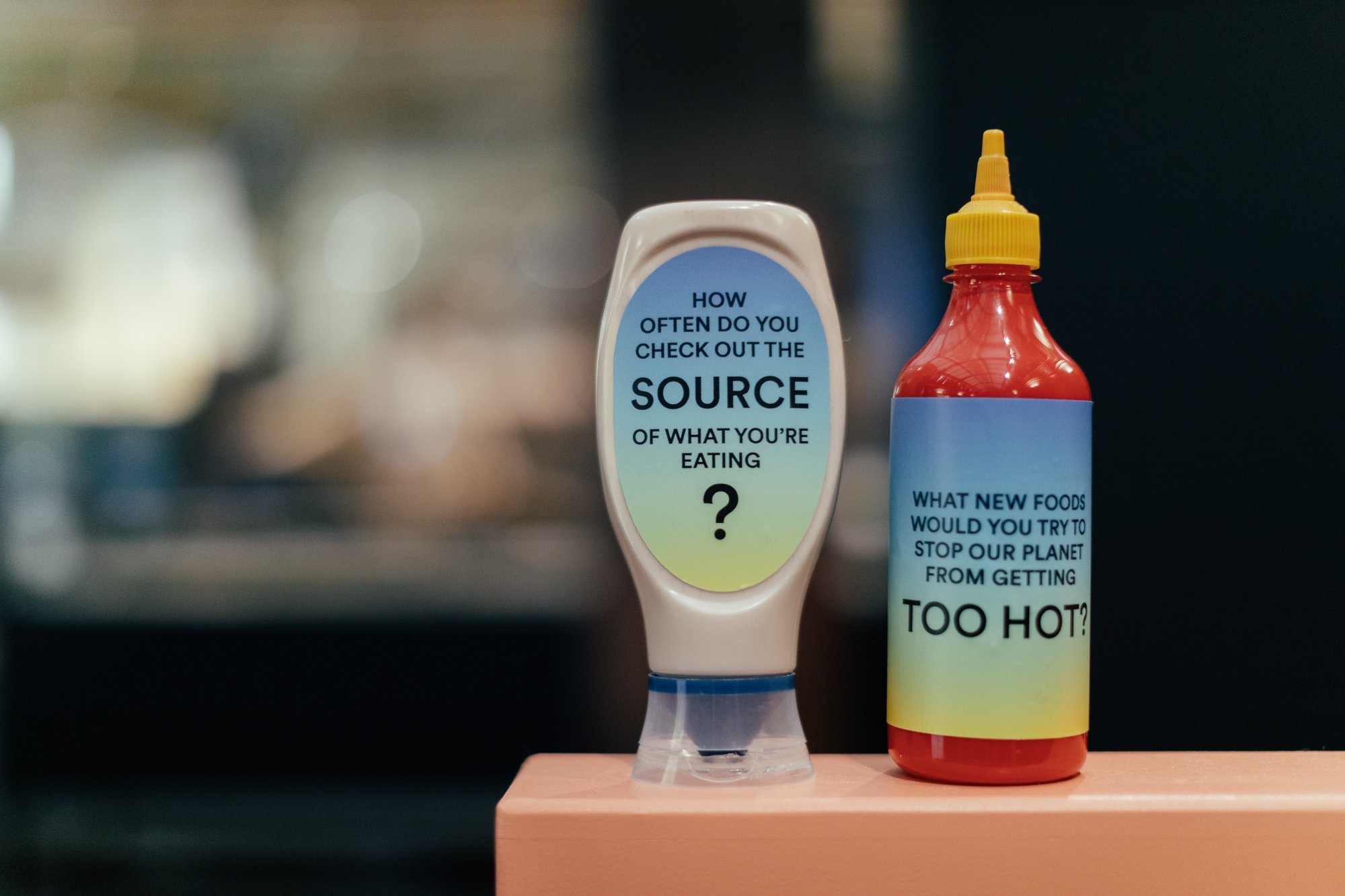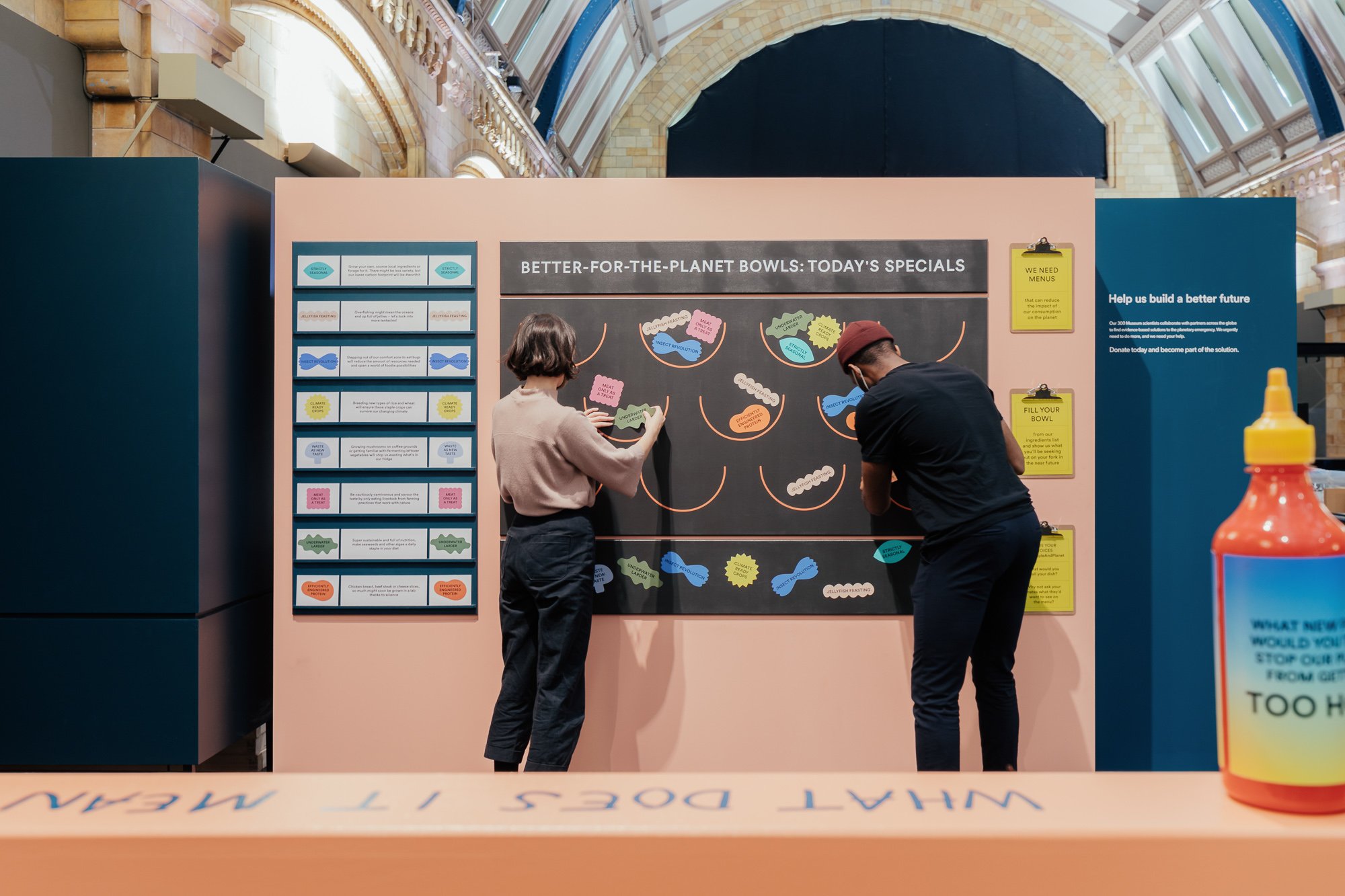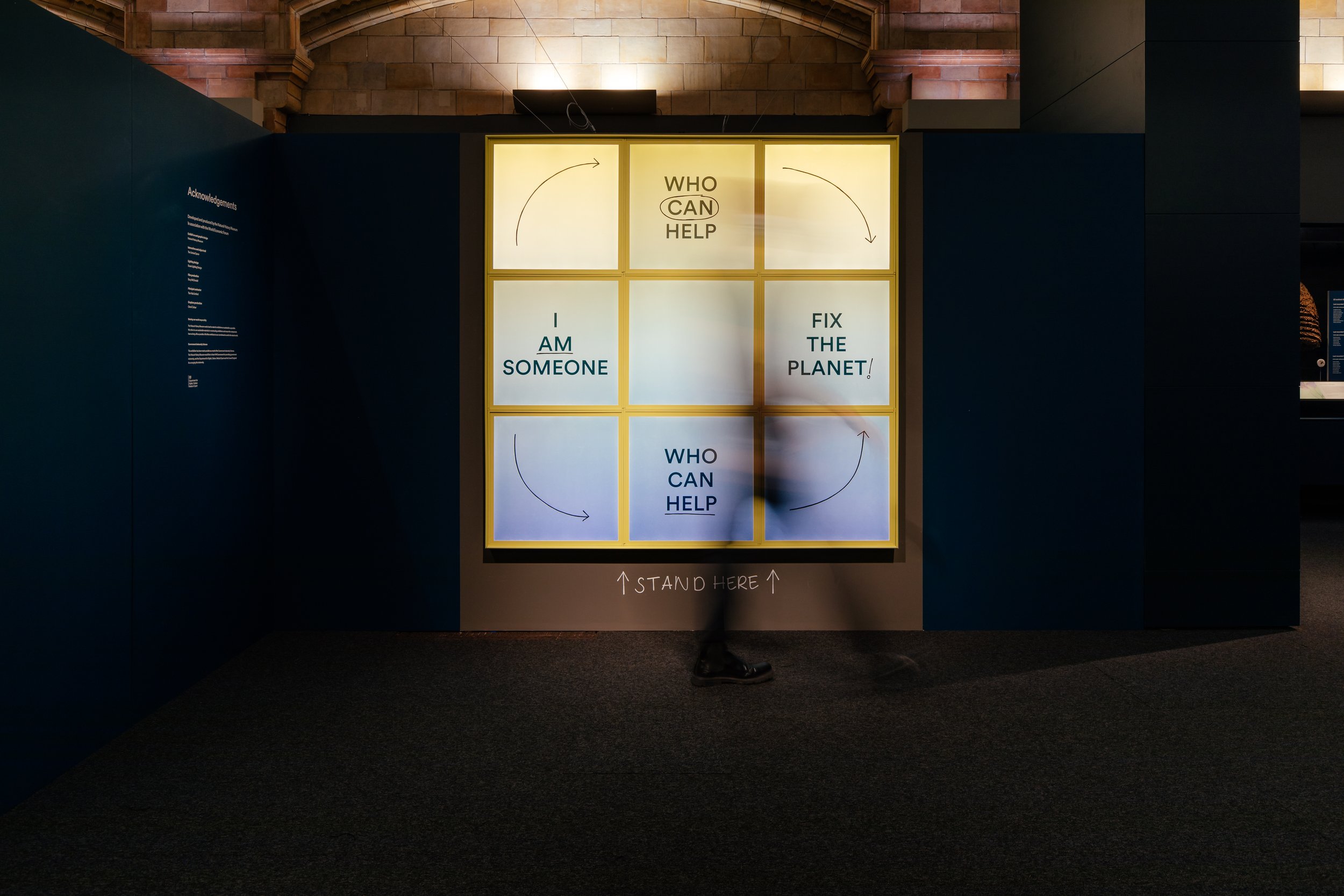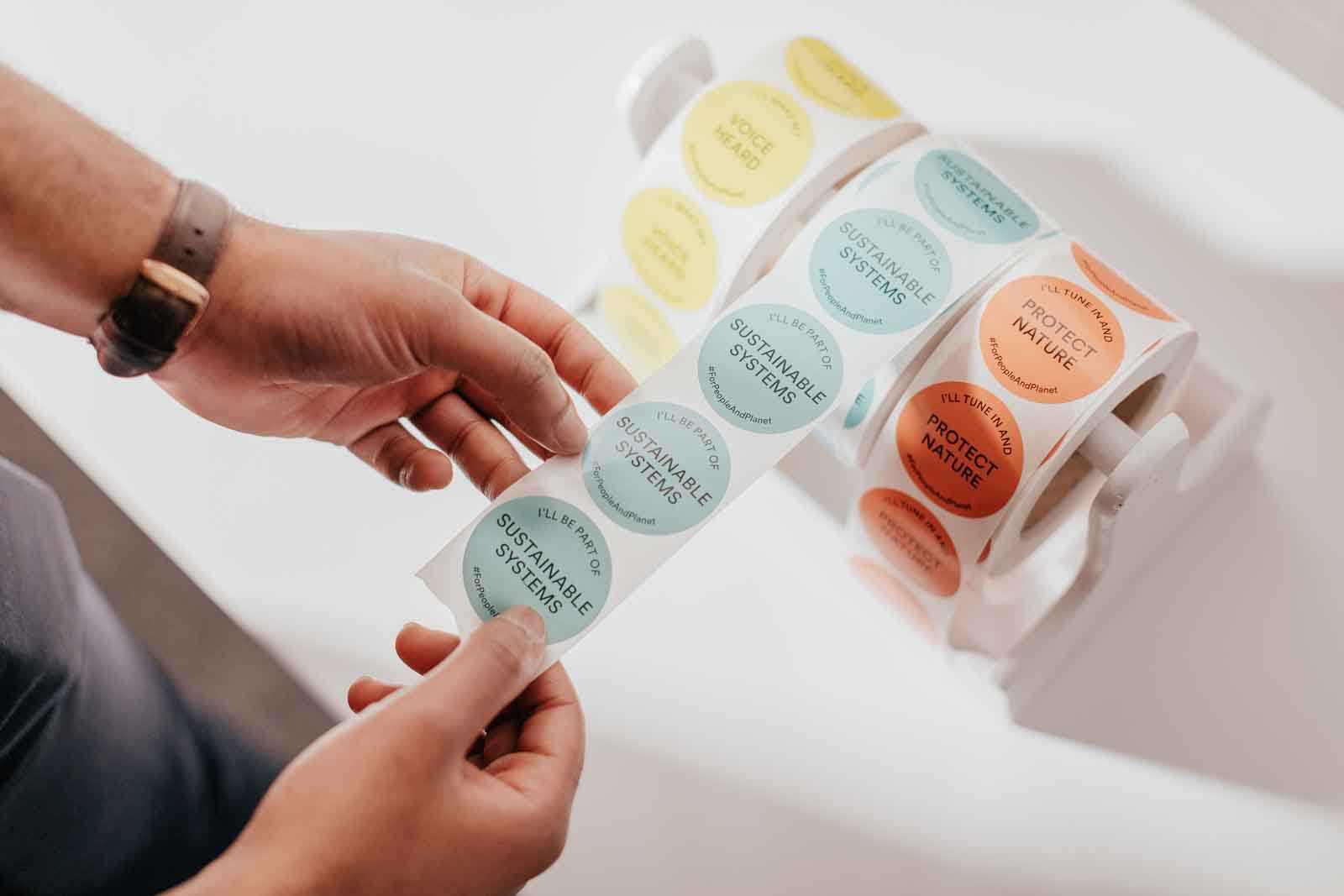Our Broken Planet
Our Broken Planet: How We Got Here and Ways to Fix It




What was the challenge?
Museums are a critical player on the journey to global climate consciousness. They hold the key to wider public knowledge and debate. The way we feed ourselves, build our homes and cities and generate energy is impacting life on earth in a way that is not sustainable, and we need urgent global action in order to protect future generations and the biodiversity around us that is under threat from the age of Anthropocene.
Home to over 80 million artefacts and covering over 4.5 billion years of natural history, the Natural History Museum decided it was time to kickstart a public debate about how and why our relationship with the natural world needs to change. The museum asked us to collaborate with them in creating an experience that would invite a young adult audience to consider their role in the changing world and inspire them to make active, positive choices to improve and be critical of their relationship with the planet.
Amanda Gore and Lottie Dodwell discuss the impact of Our Broken Planet at the Green Museums Summit 2022




